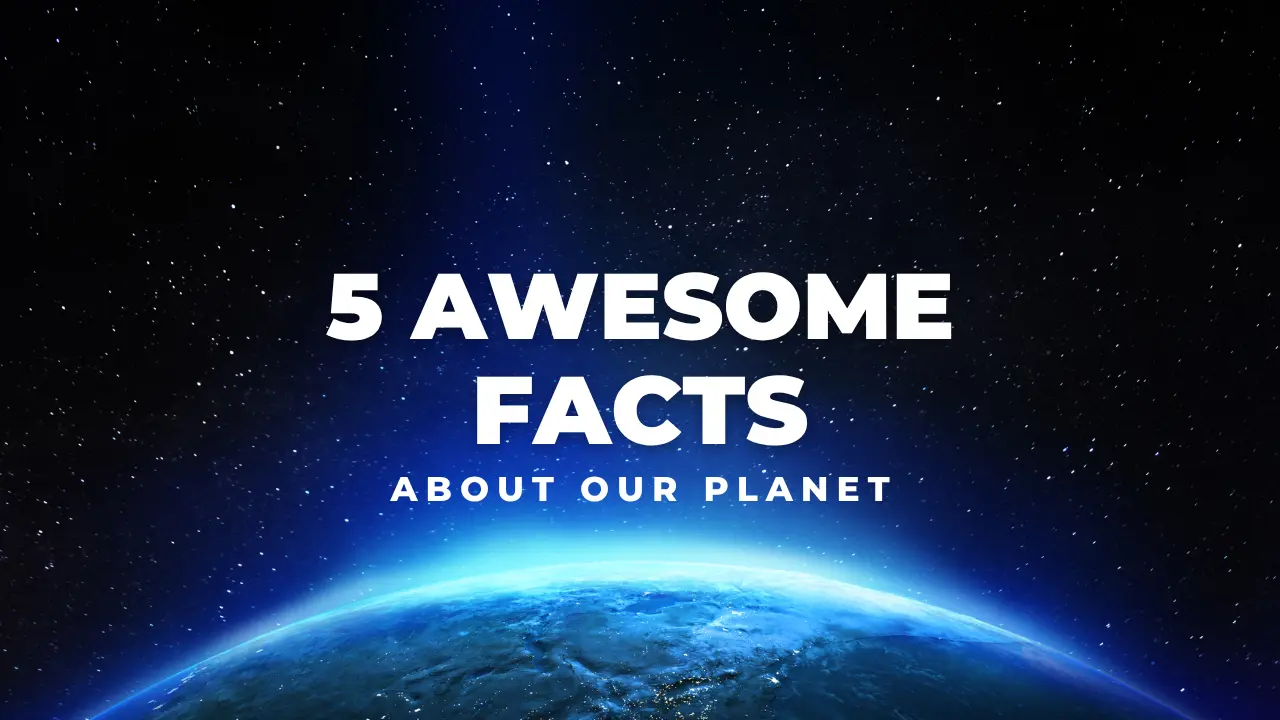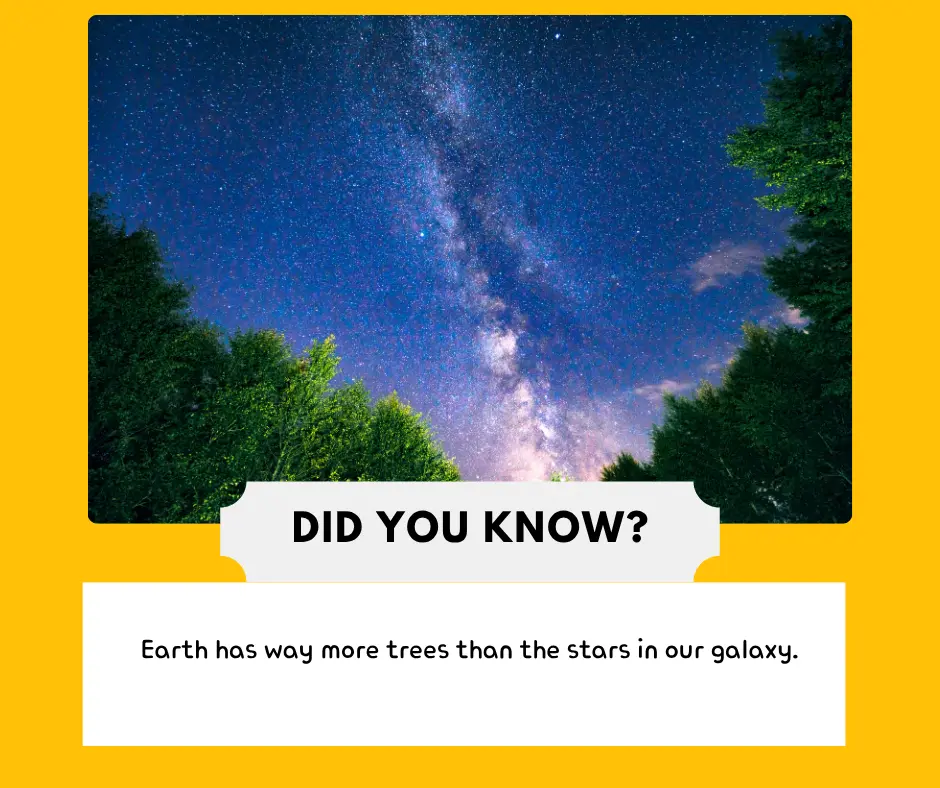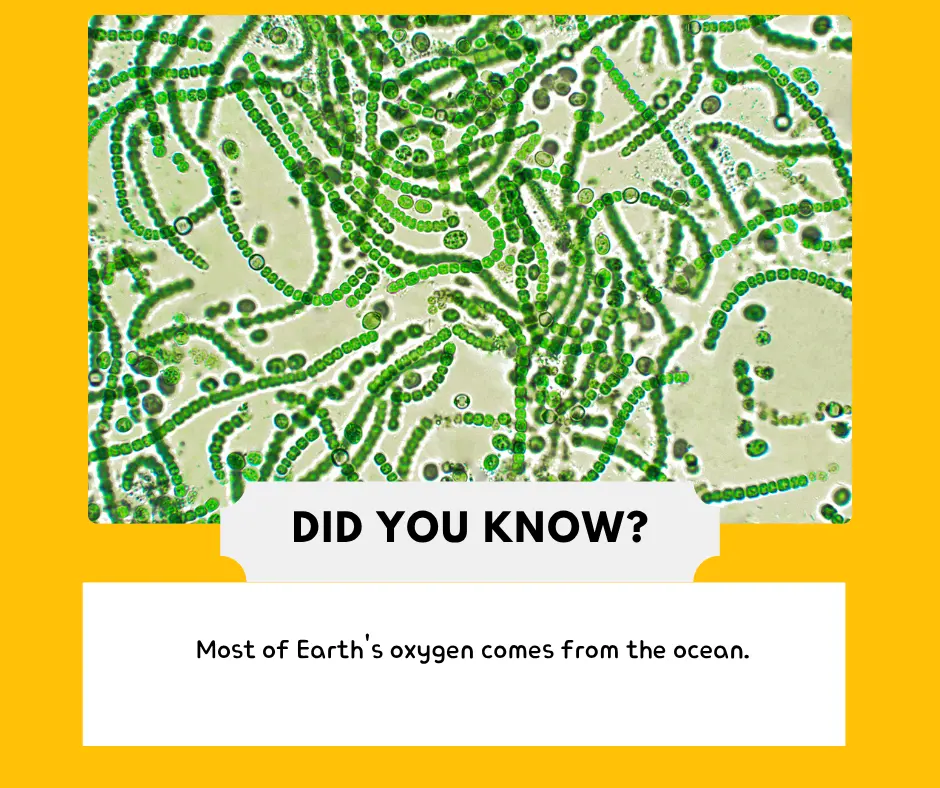
5 Awesome Facts About Our Planet That Will Surprise You!
5 Awesome Facts About Our Planet
Various misconceptions are roaming around the world.
From the air we breathe, the ground beneath our feet, distant heavenly bodies, the mysterious seas, and even impressive man-made creations like the Great Wall of China.
Many people have common beliefs that are far from the simple truth.
And in this series, join us to discover awesome facts about our home, the planet Earth!
5 Awesome Facts That Will Surprise You!
1. You can’t see the Great Wall of China from space with just your naked eye.

The popular notion is this:
Many people believe that the Great Wall of China can be seen in outer space, perhaps even from the moon.
They also presume that this is the only man-made structure that is visible with the naked eye when you are on the Moon or in Earth’s orbit.
This notion is based on its colossal structure, like its length of 21,196 kilometers (13,170 miles), average width of 6.5 meters (21 feet), and average height of the wall of 7.8 meters (25.6 feet).
However, did you know it is impossible to spot the Great Wall of China in outer space?
The astonishing reality:
While it’s true that the Great Wall of China has immense design, its length, height, and width are not enough to give visibility when you are in outer space, especially on the Moon.
According to the National Aeronautics and Space Administration (NASA), they confirmed that although the Great Wall of China is enormous, there is still no possibility that the wall will be visible in space.
Additionally, it is hard to spot it from Earth’s orbit without using high-end lenses.
Therefore, even in its gigantic size, the Great Wall of China is still no place to show off in outer space!
2. Earth has way more trees than the stars in our galaxy.

A common perception is this:
People think that there are more stars than trees on Earth.
We often imagine that the Earth we are living on is just like a single dot in our Milky Way galaxy.
Because of this, we conclude that there are more stars in our galaxy than trees on Earth.
It might interest you to know that there are more trees than stars!
The astonishing reality:
Our galaxy, the Milky Way, has approximately 100 to 400 billion stars.
This sounds like a great number!
However, Dr. Thomas Crowther from Yale University confirmed in his study that our Earth has approximately 3.04 trillion trees, which is more than the stars in our galaxy.
Hence, it’s a manifestation that although our galaxy is enormous, the trees on Earth can outnumber its stars!
3. Most of Earth’s oxygen comes from the ocean.

What people usually think:
When discussing oxygen, we often think of our green forests and jungles as being responsible for breathing out fresh air.
What if I told you that the large amount of oxygen we breathe in comes from the ocean?
The astonishing reality:
While it’s true that the green part of our Earth plays a vital role in oxygen production, scientists believe that 50% to 80% of all the oxygen our Earth has comes from the ocean!
Our ocean consists of tiny living creatures called phytoplankton. They are microscopic plants.
These microscopic plants are like trees, where they use sunlight to generate their food.
Also, they capture carbon dioxide from the atmosphere and release oxygen.
This oxygen that they release is the fresh air that we breathe!
Isn’t it amazing that these microscopic plants, phytoplankton, are the greatest oxygen producers on Earth and serve as the lungs of our planet?
4. Earth’s deepest point is deeper than Mount Everest is tall.

The common understanding goes like this:
Since Mount Everest is the highest mountain on Earth, people assume that no part of Earth could be even deeper than its height.
You won’t believe this, but the vertical extent of the deepest point on Earth is greater than the height of Everest!
The astonishing reality:
The height of the tallest mountain, Mount Everest, is 29,031.69 feet (8,848.86 meters).
This is incredibly high!
However, the Challenger Deep is the deepest point on Earth. Located in the Mariana Trench in the Pacific Ocean, this spot has a depth of 35,876 feet (10,935 meters) below sea level.
Hence, if we are going to compute the sheer vertical distance (magnitude) of both from sea level, the Challenger Deep is numerically greater than the height of Mount Everest!
What an extraordinary fact!
5. Gravity isn’t the same everywhere on Earth.

Many subscribe to the idea that:
People think that gravity is a constant force and assume that the weight of an object will stay the same no matter where you are.
You might be surprised to learn that our weight changes depending on the location on Earth!
The astonishing reality:
Our Earth is not a perfect sphere but an oblate spheroid. The gravitational strength changes with distance.
Since our Earth is an oblate spheroid in shape, places directly located at the equator will experience small weight changes compared to those on the North and South poles.
The greater your distance from the gravitational center of the Earth, the weaker the pull of gravity on you will be. Indeed, the weight of an object is not constant and depends on your location.
Therefore, the Earth’s gravitational force is not the same as what other people think, and this depends on our location on the planet!
This is an incredibly mind-blowing fact!
Now that you know these mind-blowing planet facts, do you have another one you’d like to share? Maybe we can include it in our next series?



